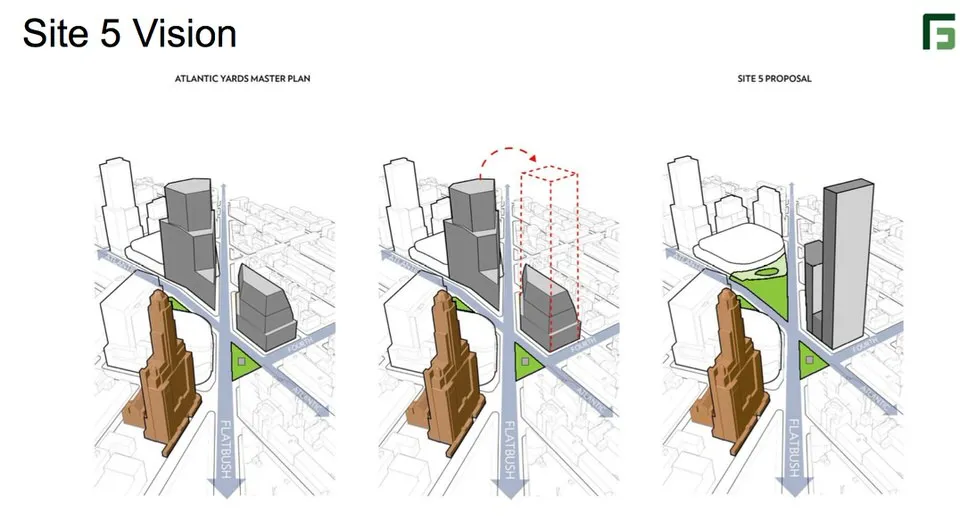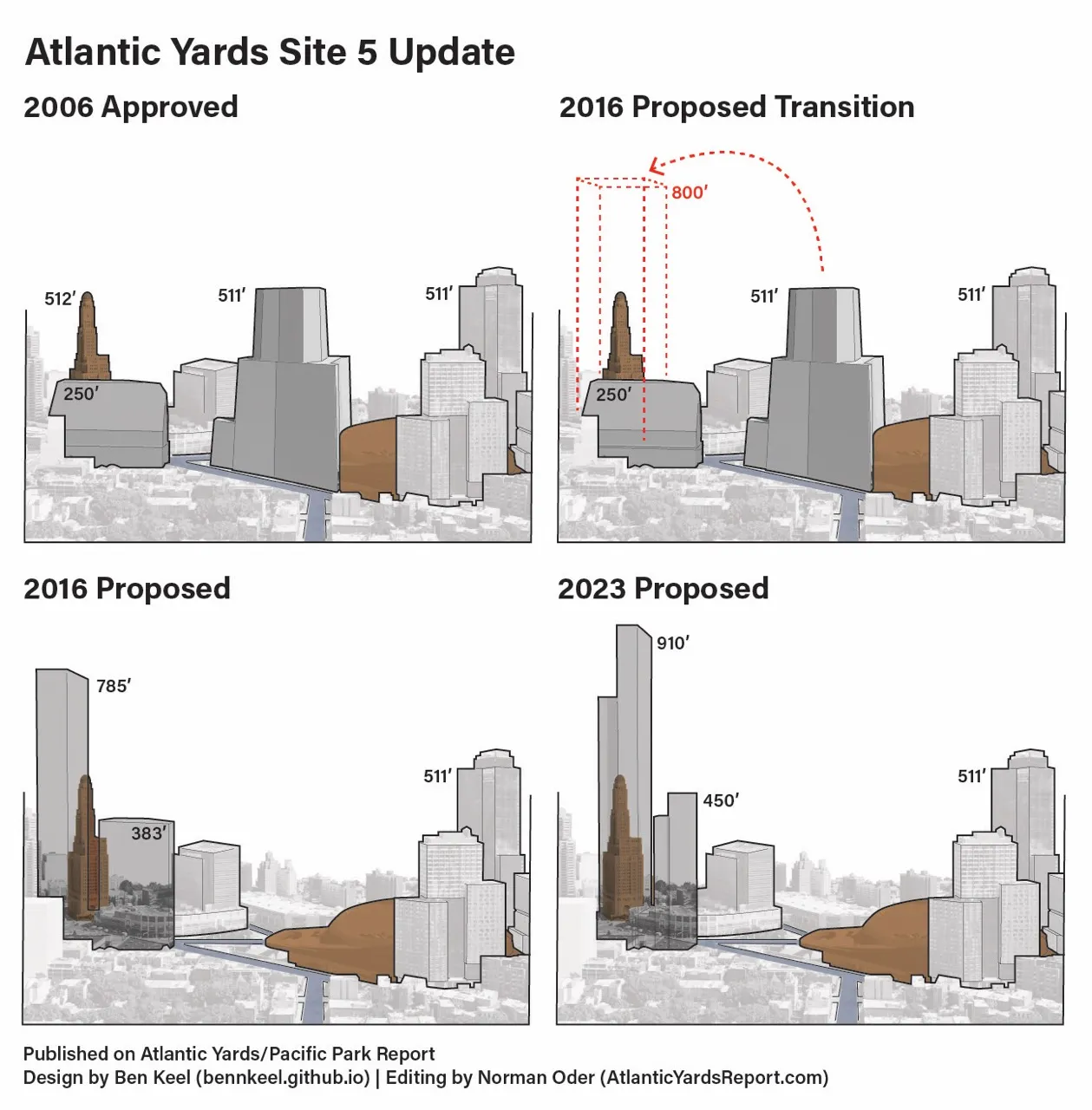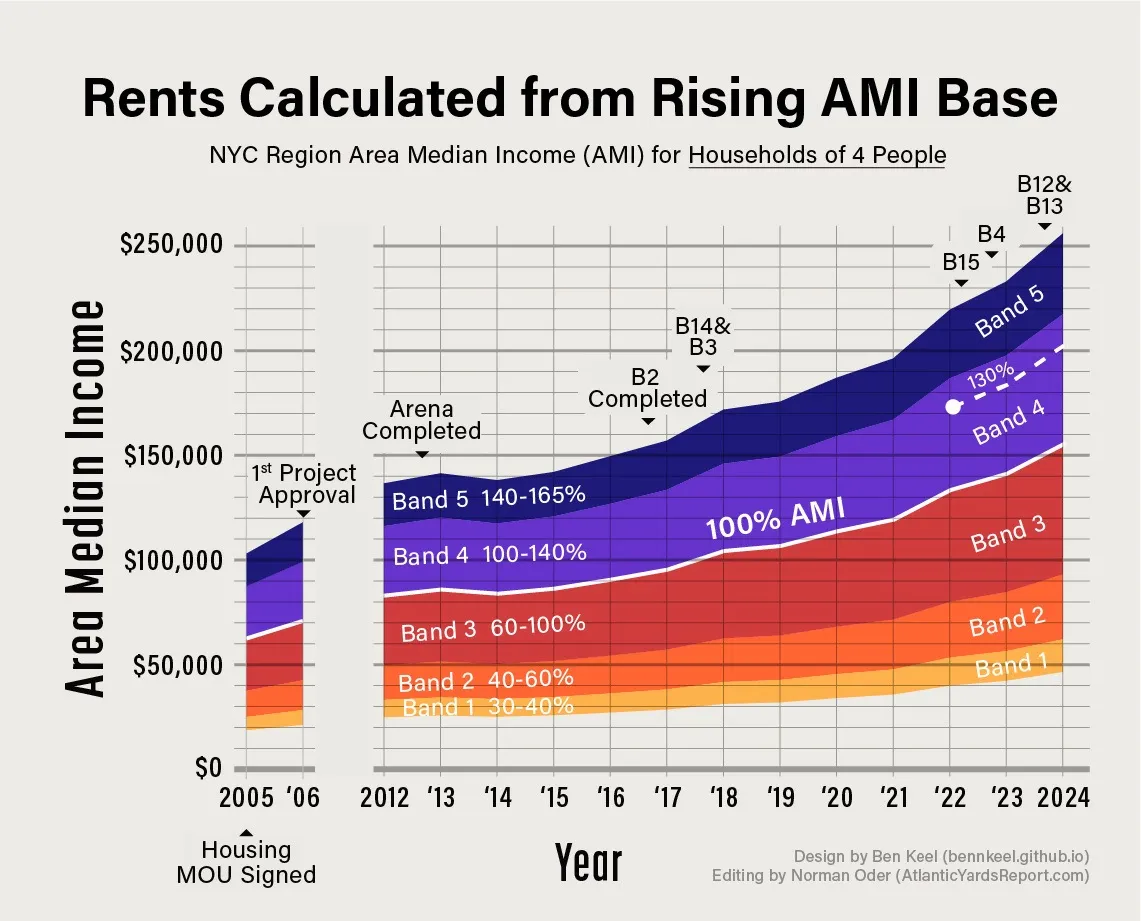Would community engagement process lead to new vision or just tinkering ? Why not hire, as proposed, third-party experts with the public interest in mind?
In May 2023, it looked like a new plan for Atlantic Yards/Pacific Park was in the works.
As I wrote yesterday (link), Joel Kolkmann, Empire State Development's (ESD) senior VP of real estate and planning, shared with developer Greenland a draft solicitation for “Atlantic Yards/Pacific Park Public Meeting Facilitation Services,” scheduled to begin in the fall of 2023, to gather public input.
Let's take a closer look.The scope of work would include, but not be limited to the following:
Collaborate with ESD, the development team, and local elected officials to design a community engagement process that incorporates numerous topics and is inclusive of a wide range of stakeholders.(Emphases added)
Also:
Facilitate approximately four community engagement sessions (anticipating 50-100 attendees per session) that complete the following:Does "programming options" mean the scale--the amount of valuable new square footage the developer seeks?
o Task 1: Use maps, texts, and graphics to explain Atlantic Yards development history, site context, and programming options for the balance of the project site.
o Task 2: Solicit community feedback and vision on topics including but not limited to: affordable housing preferences, desired community amenities, priorities for open space and public realm, and non-residential space usage
Also:
Translate session feedback into themes to shape project vision into actionable guidelines.
Hold “follow-up” meeting with project partners including the developer, the MTA, and other governmental agencies to present community vision
The final deliverable will be a concise document summarizing community visions to be shared with community stakeholders and elected officials.
The ESD draft did not mention a 2018 proposal (also at bottom) by Jaime Stein, then a member of the Atlantic Yards Community Development Corporation CDC, that the advisory Board hire its own "third-party" planning, design, and construction consultants—not merely facilitators—to review the Site 5 proposal to inform the board and the public.
As of 2018, the plan for expanded railyard towers had not emerged. Now her proposal is even more salient.
After all, officials consultants chosen by ESD, such as the firms AKRF and KPMG, have a not-so-sterling track record.
KPMG on the housing market
Consultant KPMG, which in 2009 concluded that a professed ten-year buildout of the project was reasonable, relied on lies about the condo market, as I wrote at the time.
Did ESD, as I wrote in 2009, have a rebuttal to real estate analyst Joshua Kahr, who, in a report commissioned by the Council of Brooklyn Neighborhoods, emphatically declared that "the project cannot be completed anywhere near 2019." (He was right.)
ESD Senior Counsel Steven Matlin told the ESD board, "KPMG has concluded that it’s not unreasonable to assume that the housing units to be developed can be absorbed in the marketplace during the projected development period."
KPMG, actually, was far more enthusiastic, stating:
Given the information provided in this report, it is probable that when the Subject Property’s units are schedule to come online it will be the ideal time for apartment renters/condominium sellers in the market place.
Given how spectacularly wrong that was--instead, the glut from the Downtown Brookyn rezoning helped stall the project--shouldn't there be alternatives to consultants that deliver reports seemingly aimed to please their clients?
AKRF on affordable housing
Consider AKRF's chart, from the 2014 Final Supplemental Environmental Impact Statement, Chapter 4A, Operational Socioeconomic Conditions, which projected income bands for expected affordable housing units.
 |
It estimated income limits based on the most recent (2013) Area Median Income (AMI) limits. But trends showed that AMI was rising steadily. See Ben Keel's graphic below.
Why couldn't AKRF have produced multiple charts, one based on the 2013 figures, and others projecting that AMI would rise by, say, 5% or 10% or 15% a year?
That might have more usefully have projected a spectrum of incomes and rents.




Comments
Post a Comment